Disclosure: This article contains affiliate links. We may earn a commission from purchases at no extra cost to you, which helps our travel content.
The first thing you should know about photographing in Turkmenistan is that it's complicated. As our guide ushered us through customs at Mary Airport, he whispered, 'Camera? Keep hidden until I tell you.' This wasn't your typical photography tour disclaimer. In a country where permissions can change with the wind and certain structures remain firmly off-limits, every frame becomes precious. Yet it's precisely this challenge that drew me to this Central Asian enigma—a nation of stark contrasts, where ancient Silk Road ruins stand alongside marble-clad monuments of staggering proportions. After years documenting Japan's hidden corners and my ancestral landscapes in India, Turkmenistan offered something different: a canvas both ancient and eerily modern, largely untouched by the outside photographic eye. As our luxury 4x4 convoy departed Mary toward Ashgabat that spring morning, I couldn't help but think of what my Brazilian mother always said: 'Os melhores retratos são aqueles que você tem que lutar para capturar'—the best portraits are those you have to fight to capture.
Merv: Photographing Ghosts of the Silk Road
The ancient ruins of Merv sprawl across the landscape like the skeleton of a fallen giant. Once one of the world's largest cities, today it's a UNESCO World Heritage site that photographers dream of but few actually visit. I arrived at sunrise, when the low golden light casts dramatic shadows across the mud-brick structures.
The key to photographing Merv is patience and perspective. While the vastness is overwhelming, I found the most compelling images came from isolating architectural elements against the desert backdrop. The 12th-century mausoleum of Sultan Sanjar provides the most iconic silhouette, but don't overlook the subtle textures of the eroding walls, where centuries of history are written in layers of earth.
I spent three hours with my Sony Alpha a7 III and 16-35mm wide-angle lens, switching occasionally to my 70-200mm to compress the distant ruins against the Karakum Desert. The morning light here is transformative—by 9am, the harsh overhead sun flattens the scene entirely.
Our guide Azat arranged special photography permissions in advance (crucial in Turkmenistan), allowing me access to areas typically restricted. Even with permissions, I recommend keeping a low profile with your equipment. The camera backpack I brought was perfect—understated yet offering quick access when those fleeting light moments appeared.

💡 Pro Tips
- Arrive at Merv before sunrise for the best light and fewer visitors
- Use a polarizing filter to enhance the rich earthen colors against the blue sky
- Bring a zoom lens to isolate architectural details from a distance
The Darvaza Gas Crater: Night Photography in the 'Gates of Hell'
Nothing quite prepares you for your first glimpse of the Darvaza Gas Crater. This 70-meter wide burning pit in the middle of the Karakum Desert has been continuously aflame for over 50 years, creating what locals call the 'Gates of Hell.' As a photographer, it presents one of the most unique night shooting opportunities I've ever encountered.
We arrived in late afternoon to set up camp at a luxury yurt complex arranged by our tour operator. This allowed me to scout compositions before sunset and plan my night shots. The crater photographs completely differently depending on the time of day—at sunset, the flames compete with the golden hour light; by true night, they dominate the landscape with an otherworldly glow.
Technically speaking, this location demands specific gear. My carbon fiber tripod was essential for the long exposures, while heat waves rising from the crater created interesting distortion effects at certain angles. I shot primarily with my 24mm f/1.4 prime lens, which excels in low-light conditions.
The real magic happens about an hour after sunset when the sky reaches that deep blue twilight state. I used exposures between 15-30 seconds at ISO 800, stopping down to f/5.6 for adequate depth of field. The contrast between the fiery orange crater and the cool blue desert night creates a natural complementary color palette that needs minimal post-processing.
A word of caution: the heat is intense, and wind direction changes can suddenly engulf you in hot gas. Keep your gear protected, and never venture too close to the edge without a guide present. Our Turkmen guides knew precisely where to stand for both safety and optimal compositions.
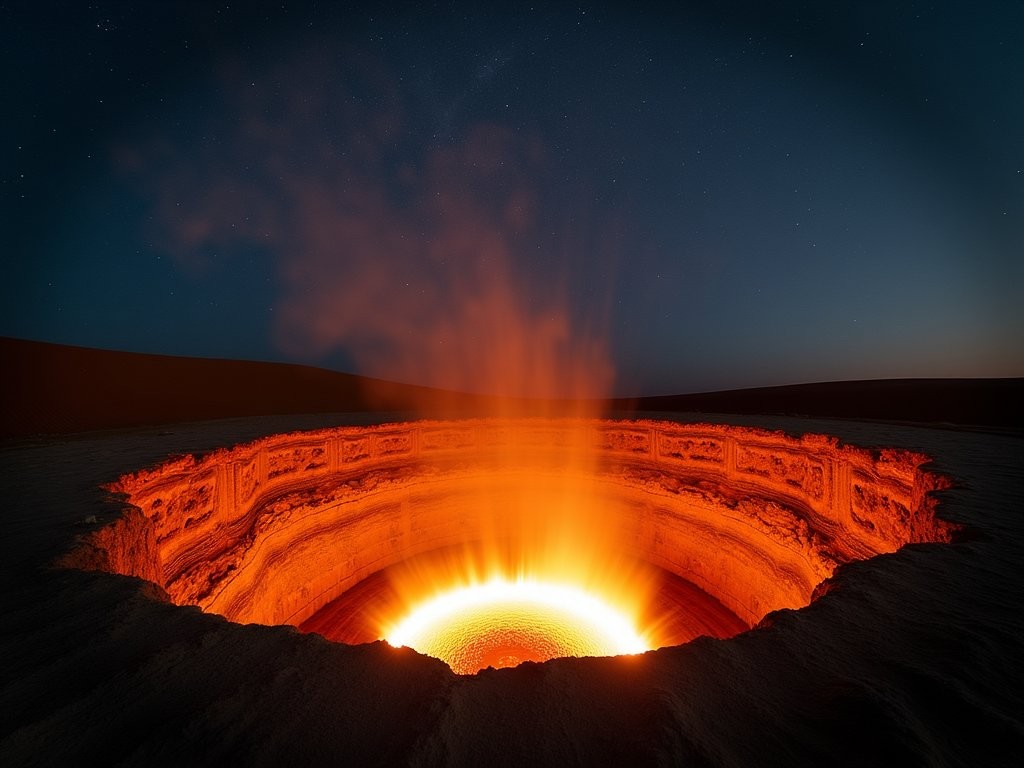
💡 Pro Tips
- Use a remote shutter release to minimize camera shake during long exposures
- Bring lens cleaning supplies as dust and particulates are constant around the crater
- Consider shooting bracketed exposures to capture both the bright flames and dark surroundings
Architectural Photography in Ashgabat: The White Marble City
Ashgabat holds the Guinness World Record for the highest concentration of white marble buildings anywhere on Earth. Approaching the city after days in the desert feels like entering a surrealist painting—gleaming structures rise from the landscape in architectural styles that blend Soviet monumentalism with futuristic fantasy.
Photographing Ashgabat presents unique challenges. First, there are strict regulations about what you can and cannot photograph. Government buildings, security installations, and even some public squares may be off-limits. Our guide was invaluable here, securing permits and advising on safe shooting locations. When in doubt, always ask before raising your camera.
The white marble creates extreme dynamic range challenges, especially under the harsh Turkmen sun. I found early morning (6-8am) and late afternoon (5-7pm) provided the most manageable light. During these golden hours, the marble takes on a warm glow that softens its otherwise clinical appearance.
For architectural work here, I primarily used my tilt-shift lens to control perspective and minimize distortion on the towering structures. If you don't have a tilt-shift, any wide-angle lens with good distortion control will work—just be prepared to correct verticals in post-processing.
The Wedding Palace (Bagt Köşgi) and the Arch of Neutrality offer some of the most photogenic and officially sanctioned photo opportunities. The Independence Park with its monuments and fountains is also photographer-friendly, particularly at night when illuminated.
'Kuch samay ke liye, main bhool gaya tha ki main dharti par hoon'—for a moment, I forgot I was on Earth. This Hindi phrase from my father came to mind as I photographed the otherworldly architecture against perfectly manicured (and often empty) boulevards. The city feels like a life-sized architectural model, pristine and surreal.
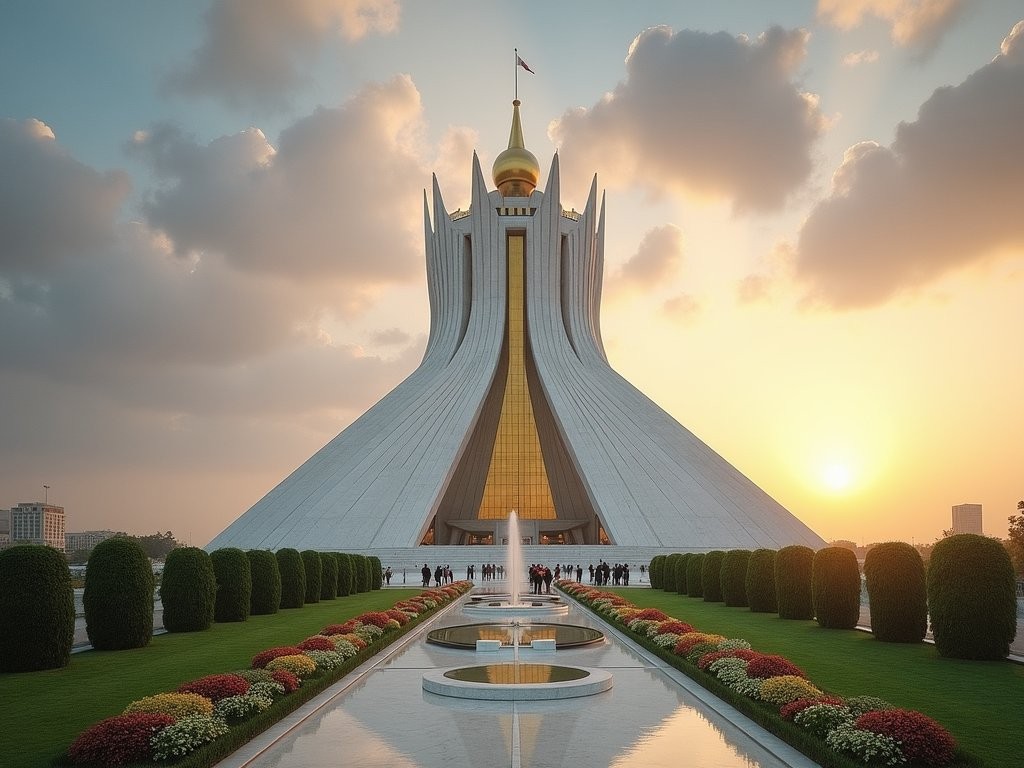
💡 Pro Tips
- Always carry your photography permits and passport while shooting in Ashgabat
- Use a circular polarizer to control reflections on the marble surfaces
- Include people in some shots for scale—the emptiness of many spaces is part of the story
Photographing Turkmen Culture: Faces and Traditions
Beyond landscapes and architecture lies the heart of any travel photography—the people. Turkmenistan presents a fascinating cultural mosaic, though photographing locals requires sensitivity and respect.
Traditional markets like Tolkuchka Bazaar outside Ashgabat offer rich visual narratives. The carpet sellers, with their intricate Turkmen designs, make for compelling portraits when approached with respect. I always begin by purchasing something small—dried fruits or tea—before asking permission to photograph. A few words in Turkmen go a long way: 'Suratga düşürmäge rugsat bermek' (May I take a photo?) often results in genuine smiles and natural poses.
For cultural events, our luxury tour arranged private access to a folk performance where traditional music and dance were demonstrated. Here, my prime lens proved invaluable for capturing expressive moments without intrusive flash. The shallow depth of field isolated performers against the ornate backgrounds of traditional Turkmen interiors.
Rural areas outside Mary and Ashgabat provided glimpses into traditional life largely unchanged for centuries. Horse culture remains strong among Turkmen people, and the legendary Akhal-Teke horses with their metallic coats make for extraordinary subjects. We visited a breeding farm where I focused on capturing the unique bond between trainers and these animals.
When photographing people, I've learned to work quickly but never rush. My approach combines technical preparation (exposure and focus preset) with genuine human connection. Often, I'll show people their images on my camera's LCD, which typically leads to more relaxed subsequent shots.
As a person of mixed heritage myself, I'm acutely aware of the responsibility that comes with photographing across cultural boundaries. I strive to create images that honor the dignity and agency of my subjects rather than exotic caricatures. The most successful cultural photographs emerge from moments of genuine exchange, however brief.
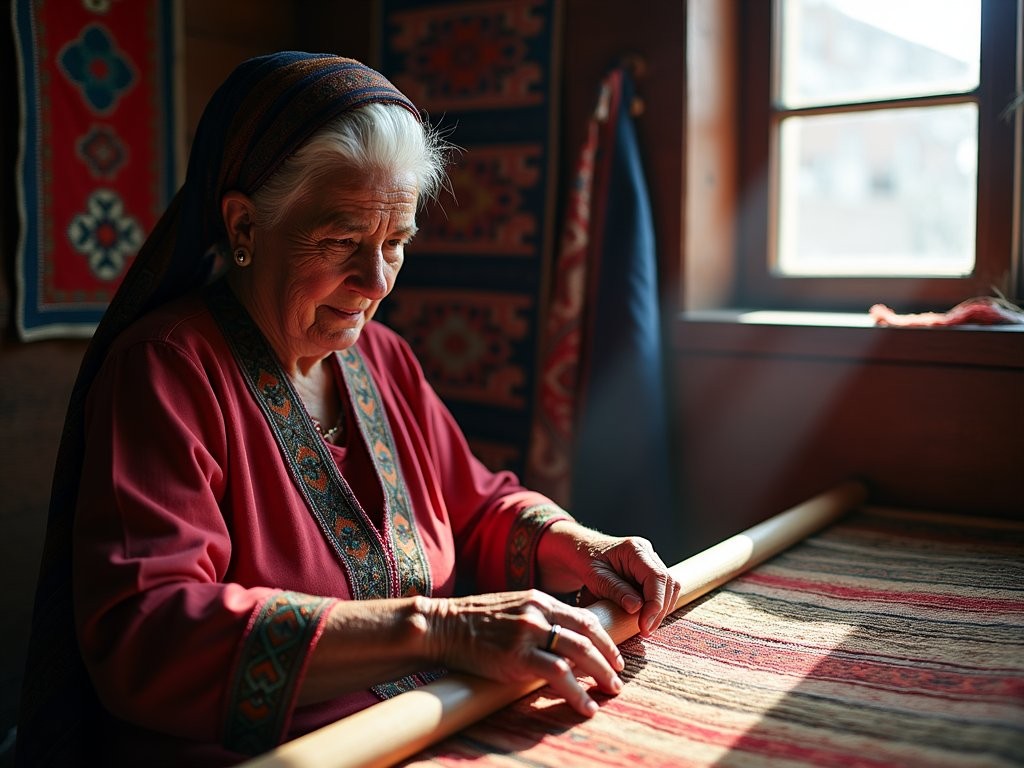
💡 Pro Tips
- Learn a few basic phrases in Turkmen to establish rapport before photographing people
- Carry small prints from previous travels to show and potentially give to subjects
- Respect religious and cultural sensitivities—when in doubt, ask your guide before photographing
Technical Considerations: Gear and Permissions
Photographing Turkmenistan demands both technical preparation and diplomatic finesse. Let me break down the essential considerations that made my two-week expedition successful.
First, gear selection: Turkmenistan's varied environments require versatility. My core kit included a full-frame mirrorless body, 16-35mm wide-angle zoom, 24-70mm standard zoom, 70-200mm telephoto, and a 50mm f/1.4 prime for low light. This covered everything from vast landscapes to detailed architectural work and portraits.
Dust protection is non-negotiable in the desert regions. I used the weather-sealed camera bag which proved invaluable during sudden sandstorms near Darvaza. Carry multiple microfiber cloths and a rocket blower for sensor cleaning—the fine desert dust gets everywhere.
Power access can be inconsistent outside major cities. I traveled with six camera batteries and a solar charger for emergencies. Our luxury accommodations generally had reliable electricity, but during desert camping, power management became critical.
Regarding permissions: Turkmenistan requires photography permits for professional equipment. Our tour operator arranged these in advance, specifying each location we planned to photograph. Carry these documents with you at all times. Even with permits, certain subjects remain restricted—military installations, bridges, tunnels, airports, and some government buildings.
Drones are particularly problematic. While technically possible to secure drone permits, the process is lengthy and often unsuccessful. I chose to leave my drone at home rather than risk confiscation.
Internet access is limited and monitored. I backed up images to portable hard drives rather than cloud services. For editing, I used my laptop with a calibrated portable monitor to process select images during the journey, saving comprehensive editing for my return to Osaka.
My engineering background has taught me to build redundancy into systems, and photography is no exception. Every critical component had a backup, from camera bodies to storage media. This preparation allowed me to focus on the creative aspects of photography without technical anxieties.

💡 Pro Tips
- Register all professional camera equipment with customs upon arrival to avoid issues when departing
- Use a VPN if you must upload images during your trip, but be discreet about this practice
- Bring a portable hard drive with sufficient capacity to back up all images without relying on cloud services
Final Thoughts
As our convoy made its final approach to Ashgabat International Airport, I found myself scrolling through the thousands of images captured over our two-week journey. Turkmenistan had revealed itself slowly, frame by frame—a nation of contradictions where ancient traditions and surreal modernity coexist in uneasy harmony. For photographers willing to navigate its complexities, the rewards are extraordinary: images few Western lenses have captured, perspectives rarely seen in travel media. The technical and bureaucratic challenges ultimately become part of the story, adding depth to every successful frame. 'A fotografia é um passaporte para mundos escondidos,' as my mother would say—photography is a passport to hidden worlds. In Turkmenistan, that passport requires patience, preparation, and respect, but opens doors to visual narratives of remarkable power. If you're seeking photography beyond the well-worn path, this enigmatic nation awaits your thoughtful gaze.
✨ Key Takeaways
- Secure proper photography permits well in advance through a reputable tour operator
- The best light for photographing Turkmenistan's landscapes and architecture comes at dawn and dusk
- Cultural sensitivity and relationship-building create better portrait opportunities than aggressive shooting
- Technical preparation and gear redundancy are essential given the remote locations and limited resources
📋 Practical Information
Best Time to Visit
April-May and September-October
Budget Estimate
$8,000-12,000 for a 2-week luxury photography tour
Recommended Duration
10-14 days minimum
Difficulty Level
Challenging
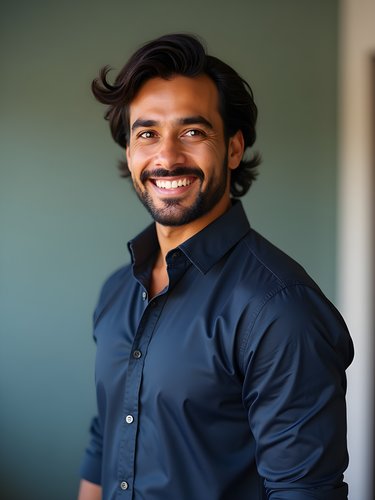
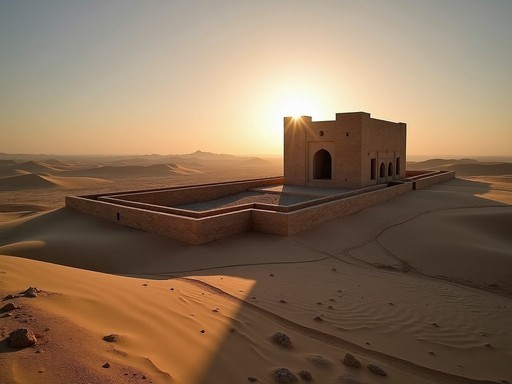

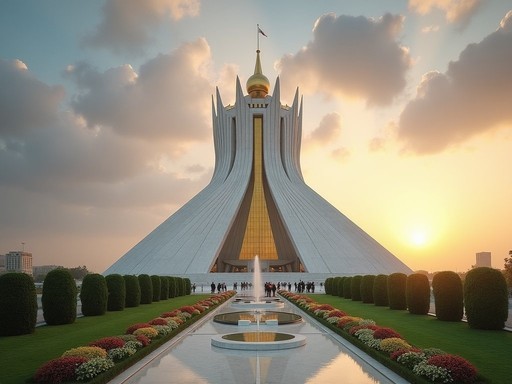
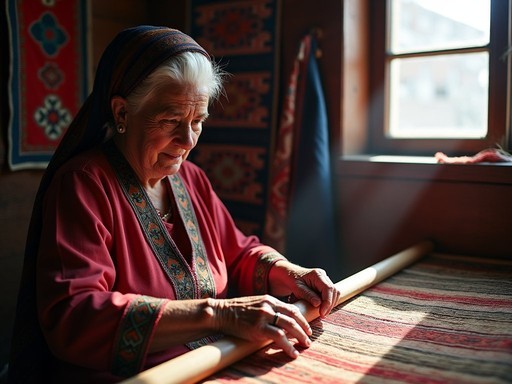
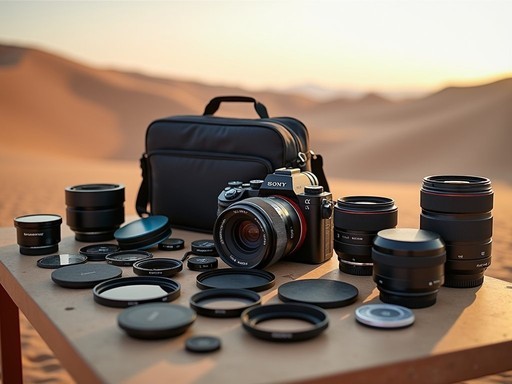








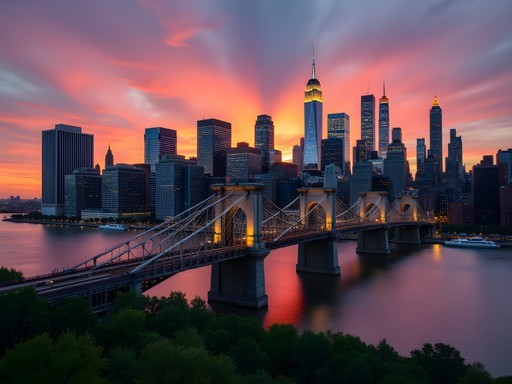
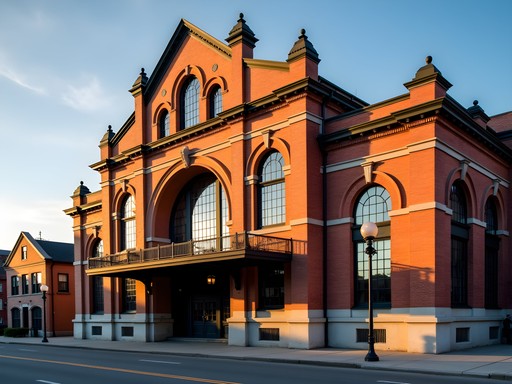
Comments
Hunter Thompson
Brilliant post, Marco! Your Merv photos are stunning. I was there in January and the ancient ruins against that winter sky were hauntingly beautiful. For anyone planning to visit, I'd add that memory cards are worth being cautious about. Our guide recommended keeping backup cards hidden separately from the camera, as sometimes officials at checkpoints can ask to review (and occasionally delete) photos. I found the local markets outside Ashgabat to be more relaxed for people photography - the carpet sellers were actually quite keen to be photographed with their work! Did you make it to any of the markets in Mary?
Marco Sharma
Great tip about the memory cards, Hunter! Yes, I did visit the Sunday market in Mary - absolutely fascinating place for cultural photography. The vendors selling traditional Turkmen hats were particularly welcoming. Did you try the shashlik there? Amazing!
beachbuddy
Is it really that hard to get a visa? I've been thinking about going but heard it's super complicated.
Hunter Thompson
It's definitely one of the trickier visas I've dealt with! You need to book through a registered tour company - they handle the Letter of Invitation which is essential. The whole process took about 2 months for me. Worth it though!
beachbuddy
Thanks for the info! Guess I better start planning way ahead then.
freetime
Those white marble buildings in Ashgabat are unreal! Great shots!
wavelover
Those night shots of the Darvaza crater look incredible! What camera settings did you use? I'm planning a trip there next spring and want to be prepared.
Marco Sharma
Thanks for asking! For the crater shots, I used long exposures (20-30 seconds) at f/2.8, ISO 1600-3200. Bring a solid tripod - it gets windy out there! And make sure you have all your permits arranged before attempting any serious photography. I used my travel tripod which was perfect since it's compact but very stable in those conditions.
beachwalker
This brought back so many memories! I visited Turkmenistan last year and the photography restrictions were exactly as you described. Our guide was super paranoid around government buildings in Ashgabat - I nearly got my camera confiscated when I tried to snap the Presidential Palace! The Darvaza crater was definitely worth the bumpy ride though. Did you have any issues with your night photography setup there? The guards kept telling our group to hurry up.
Hunter Thompson
I had the same experience in Ashgabat! Those white marble buildings are so tempting to photograph but man, the security there is intense. Did you manage to visit the Wedding Palace? That was one spot where our guide actually encouraged photos.
beachwalker
Yes! The Wedding Palace was one of the few spots where photography seemed totally fine. That spaceship-looking design is wild! Did you get to go inside?
Hayden Butler
Marco, your post brought back so many memories of my Turkmenistan trip last year! The contrast between ancient Merv and ultra-modern Ashgabat is mind-blowing. I spent three nights camping near the Darvaza crater, and the photography opportunities were unreal. One thing I learned the hard way: bring backup batteries and memory cards, as charging opportunities are limited in remote areas. Also, the dust is BRUTAL on camera equipment. I had to clean my sensor twice! For anyone planning to visit, I recommend traveling with a small group - solo travelers face much more scrutiny, especially with professional camera gear. The sunrise over the Karakum Desert was possibly the most spectacular light I've ever photographed.
wildqueen
Three nights at the crater? That sounds amazing! Was it an official campsite or more informal?
Hayden Butler
It was through a specialized tour company - very basic setup with tents about 500m from the crater. Not cheap but worth every penny for the photographic opportunities when all the day-trippers leave!
beachqueen
Did you have trouble photographing local people? I'm planning a trip and wondering about cultural sensitivities.
Marco Sharma
Great question! Always ask permission first, especially with women. I found carrying small prints from previous travels to give as gifts helped break the ice. Rural areas were generally more open than cities.
summerwanderer
Those Merv ruins photos are incredible! Such an underrated destination.
islandninja
How close could you actually get to the Darvaza crater? Did you need special permission for night photography there?
Marco Sharma
You can get pretty close to the edge - maybe 10-15 feet from the rim in some spots, which is both amazing and terrifying! For night photography, our tour arranged the permits, but yes, you need specific permission to stay after sunset. Bring a wide-angle lens and tripod!
Megan Martin
Marco, your Ashgabat architectural shots are absolutely stunning! I was there last year on a business trip and was constantly looking over my shoulder when taking photos. The white marble buildings are surreal, especially at sunrise. One tip for others planning to visit: I found that having printed copies of my photography permit in both English and Russian was extremely helpful when questioned by officials. Also, using a discreet camera bag rather than something that screams "professional photographer" helped me fly under the radar in more sensitive areas.
Venture X
Premium card with 2X miles, $300 travel credit, Priority Pass